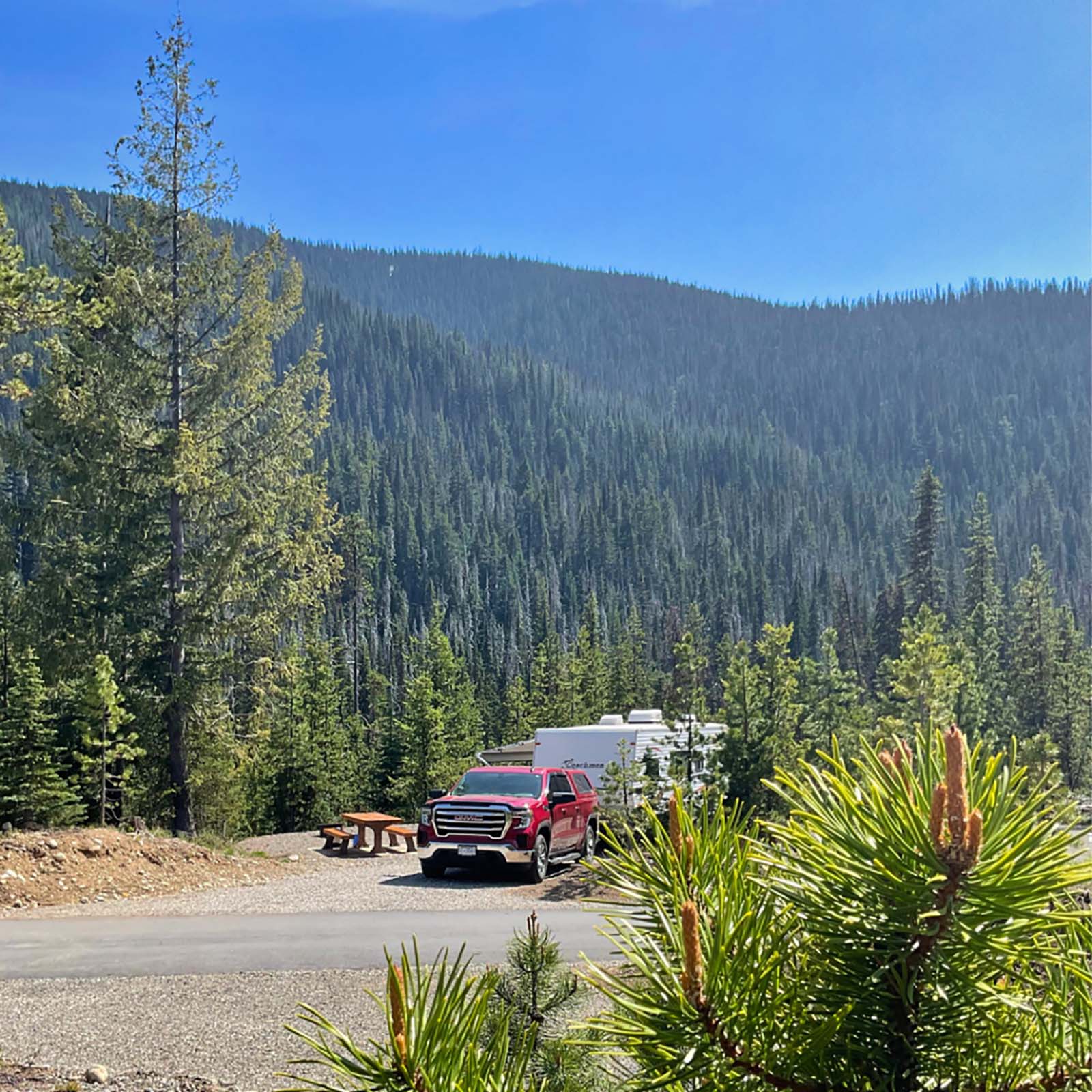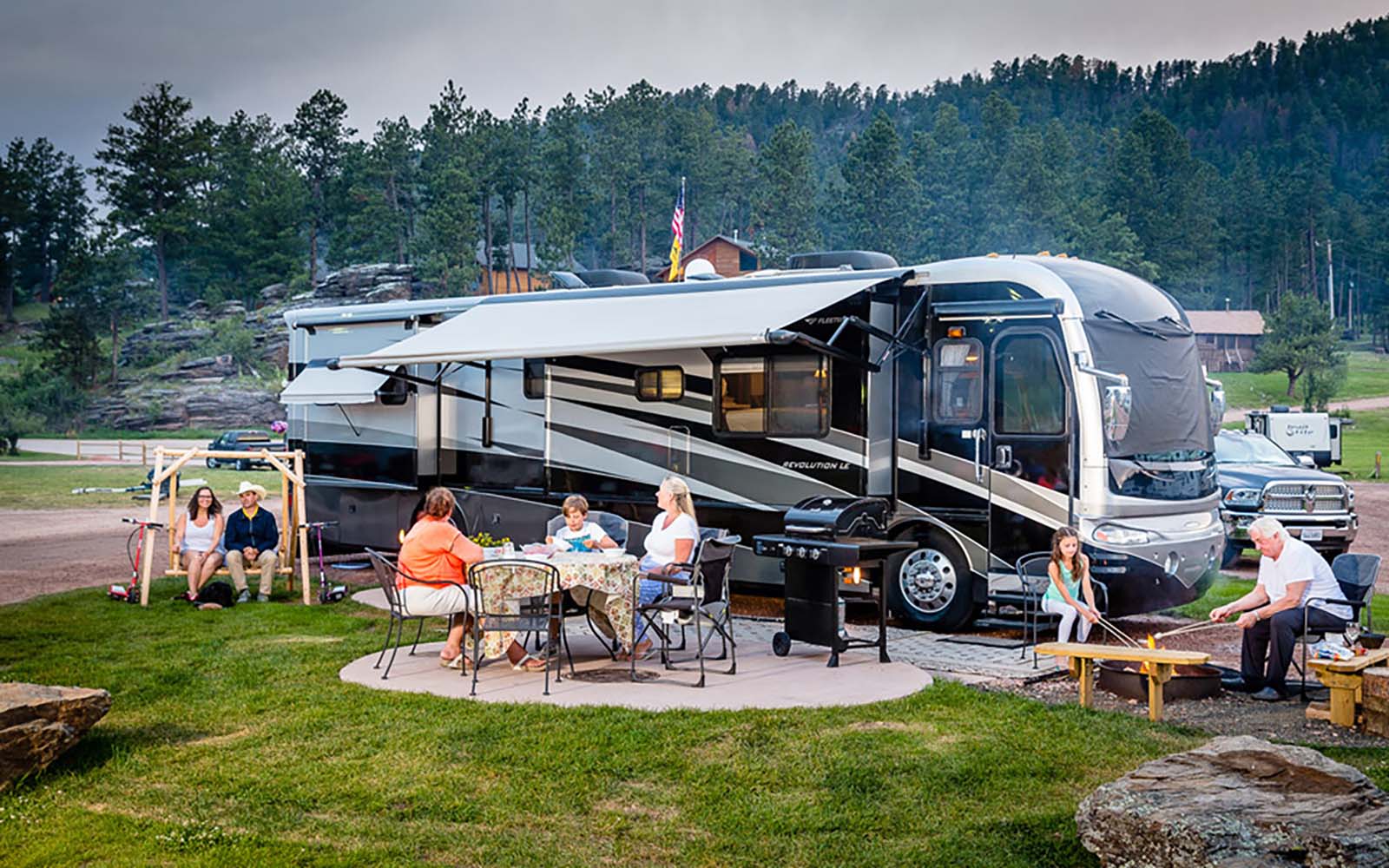How to Hook Up 6V RV Batteries

Introduction: RV owners understand the importance of reliable power sources for their vehicles, especially when on the road. One of the key components that ensure a consistent power supply is the battery setup. In this article, we will discuss the process of hooking up 6V RV batteries. By following these steps, you can set up a reliable power system for your RV to enhance your overall camping experience.
H2: Tools and Materials Required Before proceeding with the installation process, gather the necessary tools and materials for a smooth setup. Here is a list of items you will need: 1. Two 6V deep-cycle RV batteries 2. Battery cables (preferably 3/0 or 4/0 gauge) 3. Battery box 4. Battery isolator or combiner
H2: Step 1: Safety Precautions and Battery Placement Safety is of utmost importance when working with batteries. Begin by wearing protective gear, including gloves and safety glasses. Locate a suitable area in your RV to mount the batteries, ensuring they are easily accessible. Make sure to clean the area and remove any debris to prevent any short-circuits.

H3: Step 2: Battery Box Installation To avoid any damage from vibrations and to secure the batteries, consider installing a battery box. Place the battery box in the chosen location and secure it using screws or mounting brackets. Ensure it is tightly fastened and there is enough space for proper ventilation.
H3: Step 3: Battery Connections Connect the batteries in a series, rather than in parallel, to achieve a 12V output. Begin by identifying the positive (+) and negative (-) terminals on each battery. The positive terminal of the first battery should be connected to the negative terminal of the second battery. Use the battery cables to make secure connections, ensuring they are tightened properly using appropriate connectors.
H3: Step 4: Terminal Connections and Safety Measures Once the battery connections are completed, it’s time to make terminal connections. Connect the positive terminal of one battery to the positive terminal of the RV, and similarly, connect the negative terminal to the RV’s negative terminal. Ensure the connections are firmly secured to avoid any loose or faulty connections.

H3: Step 5: Battery Isolator/Combiner Installation For optimal battery performance, consider installing a battery isolator or combiner. These devices help regulate the charge between the RV battery and the RV’s alternator, preventing any possible issues due to unequal charging. Follow the manufacturer’s instructions to install the isolator or combiner correctly to keep your battery setup in optimal condition.
Conclusion: By following these steps, you can easily hook up 6V RV batteries, ensuring a reliable power source for your RV. Remember to prioritize safety throughout the process and consult the manufacturer’s instructions for any specific requirements or recommendations. With a well-installed battery setup, you can confidently embark on your RV adventures and enjoy a worry-free camping experience.

